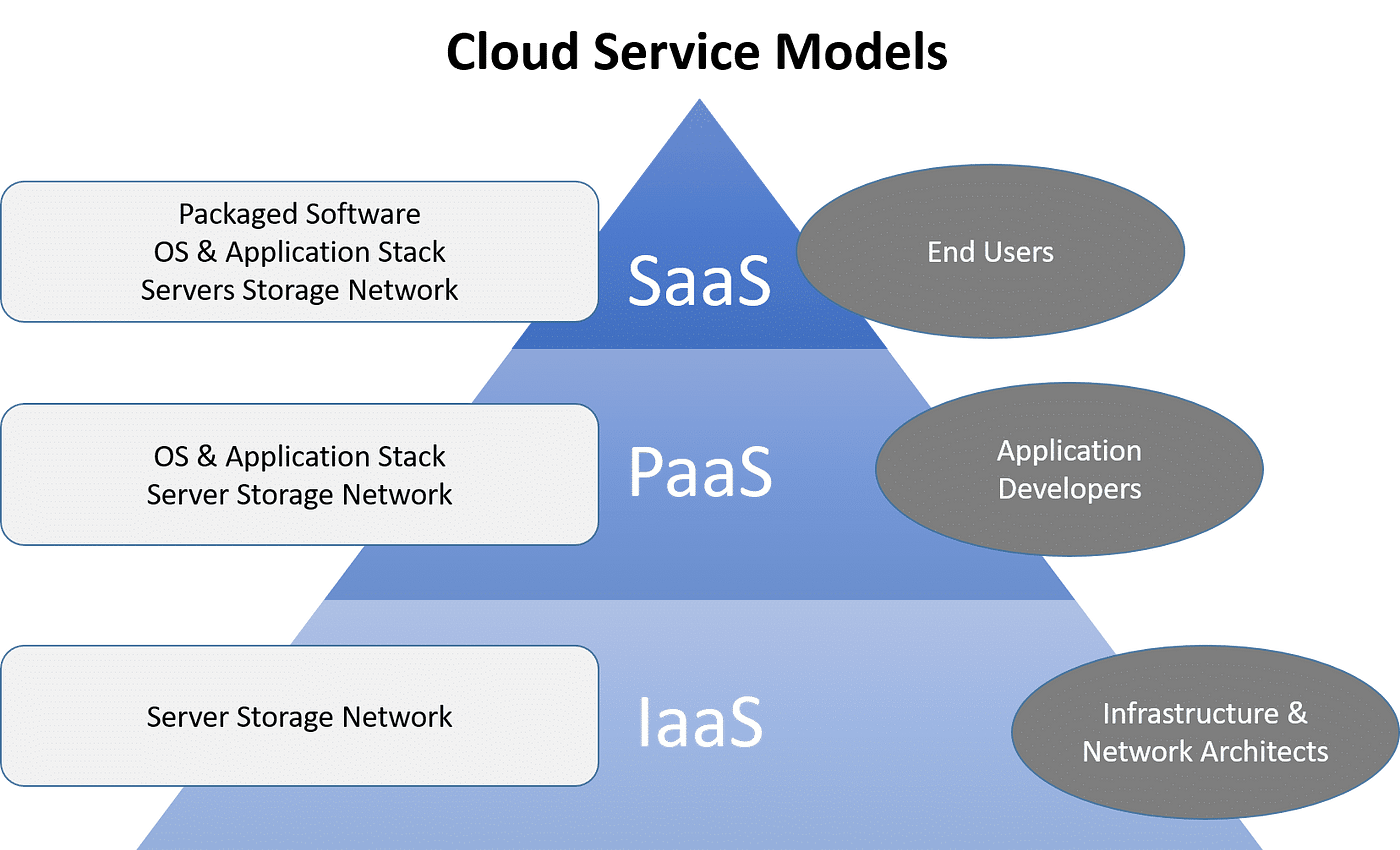Stay Upgraded with the Cloud Services Press Release: Trends and Growths
Stay Upgraded with the Cloud Services Press Release: Trends and Growths
Blog Article
Achieve Seamless Scalability With Cloud Provider
In the ever-evolving landscape of cloud solutions, accomplishing smooth scalability stands as a keystone for modern-day services seeking to remain versatile and affordable. The quest for seamless scalability with cloud services unveils a world of opportunities for those ready to accept the transformative power of vibrant source administration.
Advantages of Cloud Scalability
Cloud scalability offers companies the versatility to dynamically adjust sources based on demand, making certain ideal performance and price efficiency. One vital benefit is the capability to scale sources up or down rapidly in feedback to rising and fall workloads. This dexterity makes it possible for organizations to satisfy transforming customer demands without over-provisioning sources, inevitably bring about cost financial savings. Scalability also boosts performance by making sure that systems can take care of boosted web traffic or workload without experiencing downtime or downturns. By efficiently allocating resources, organizations can preserve high levels of efficiency throughout peak times without unnecessary expenses throughout quieter durations. Additionally, cloud scalability advertises development and testing by enabling services to quickly test originalities and range them as needed. This adaptability encourages a culture of constant renovation and adjustment, enabling companies to remain competitive in a quickly evolving market landscape. Eventually, the advantages of cloud scalability extend past cost savings to include improved efficiency, dexterity, and development.
Key Features for Scaling
Efficient scaling in cloud services relies upon vital attributes that allow companies to readjust sources dynamically based upon demand. One necessary attribute for scaling is elasticity, allowing sources to scale up or down in reaction to varying work. This guarantees that companies can fulfill performance needs without over-provisioning resources. Another vital function is scalability, enabling systems to take care of increased work by adding sources seamlessly. This function is crucial for accommodating growth without jeopardizing efficiency. In addition, automation plays an important role in scaling by automating the provisioning and de-provisioning of sources based on predefined policies. Automation minimizes human intervention, enhances efficiency, and makes certain fast feedback to changing needs. Surveillance and analytics tools are also vital for scaling, supplying understandings into resource use, efficiency metrics, and potential traffic jams. These devices make it possible for organizations to make enlightened decisions and maximize resource appropriation for efficient scaling. In general, these vital attributes jointly encourage companies to accomplish smooth scalability in cloud services.
Applying Auto-Scaling Methods
To efficiently enhance resource appropriation and adapt to varying work, organizations must tactically apply auto-scaling methods in their cloud solutions facilities. Auto-scaling enables systems to instantly adjust the variety of compute sources based on real-time need. There are various auto-scaling approaches that organizations can utilize, such as predictive scaling, which makes use of historic information to forecast future resource demands, and responsive scaling, which replies to present workload modifications.
Ideal Practices for Scalability
For companies aiming to improve their scalability in cloud services, carrying out best practices is crucial for ideal efficiency and resource administration. One key finest method is creating applications with a microservices design. This technique article breaks down applications right into smaller sized, independent services that can be deployed, updated, and scaled separately, enabling higher versatility and scalability.
One more crucial technique is using containerization technology, such as Docker or Kubernetes. Containers enable the product packaging of applications and their reliances into isolated devices, making it less complicated to scale parts separately and deploy them continually throughout different settings.
Furthermore, carrying out automated deployment and facilities as code (IaC) can enhance scalability efforts (linkdaddy cloud services). Automation devices like Terraform or Ansible assistance in provisioning and handling sources efficiently, lowering manual mistakes and enabling fast scalability
Furthermore, checking efficiency metrics, establishing signals, and performing regular capacity preparation are necessary techniques to make sure aggressive scalability management. By adhering to these best techniques, organizations can attain smooth scalability in their cloud services while maximizing performance and source utilization.
Tracking Efficiency Metrics
When assessing the effectiveness of cloud services scalability, very closely monitoring efficiency metrics is crucial for making certain optimum capability and source allocation. By continually tracking key performance indications (KPIs) such as reaction times, resource, throughput, and latency utilization, companies can gain beneficial understandings right into the health and wellness and effectiveness of their cloud framework. Keeping track of efficiency metrics permits the very early discovery of possible bottlenecks or issues that might influence scalability, allowing proactive procedures to be required to resolve them before they intensify.

Final Thought
In verdict, achieving seamless scalability with cloud services is important for organizations to enhance efficiency, improve technology, and keep high performance levels throughout peak times. By leveraging the benefits of cloud scalability, implementing auto-scaling techniques, using essential functions such as elasticity and automation, and complying with best practices useful site like application layout and performance tracking, services can efficiently scale their systems while optimizing resource utilization and performance.
The pursuit for smooth scalability with cloud solutions introduces a world of opportunities for those eager to accept the transformative power of vibrant resource administration.
Cloud scalability uses organizations the flexibility to dynamically readjust resources based on demand, ensuring optimal efficiency and cost effectiveness. Another essential function is scalability, allowing systems to manage boosted workload by adding sources flawlessly.For organizations aiming to boost their scalability in cloud services, carrying out ideal techniques is crucial for ideal efficiency and resource administration.When analyzing the effectiveness of cloud solutions scalability, closely keeping an eye on performance metrics is vital for making certain optimum performance and resource allocation.
Report this page